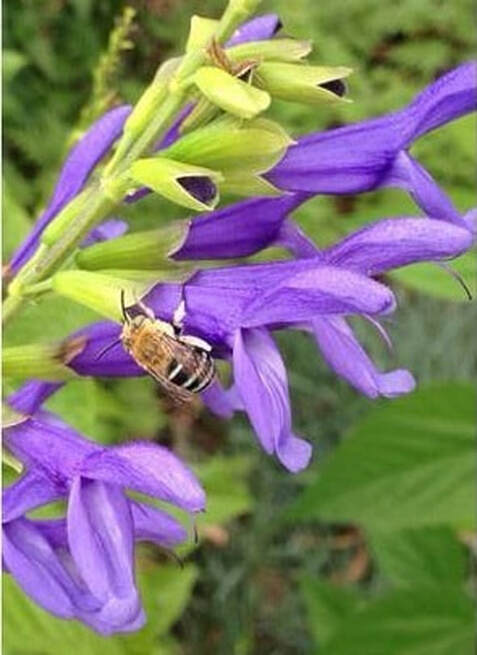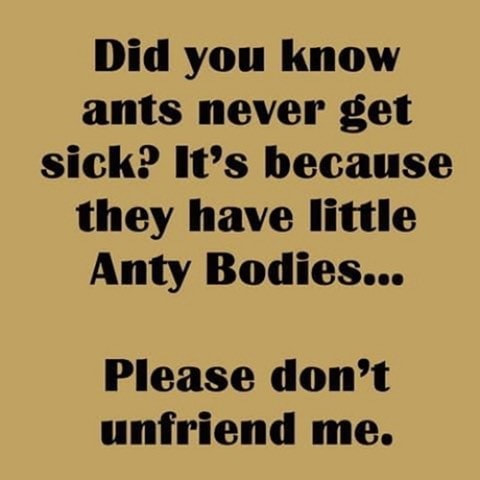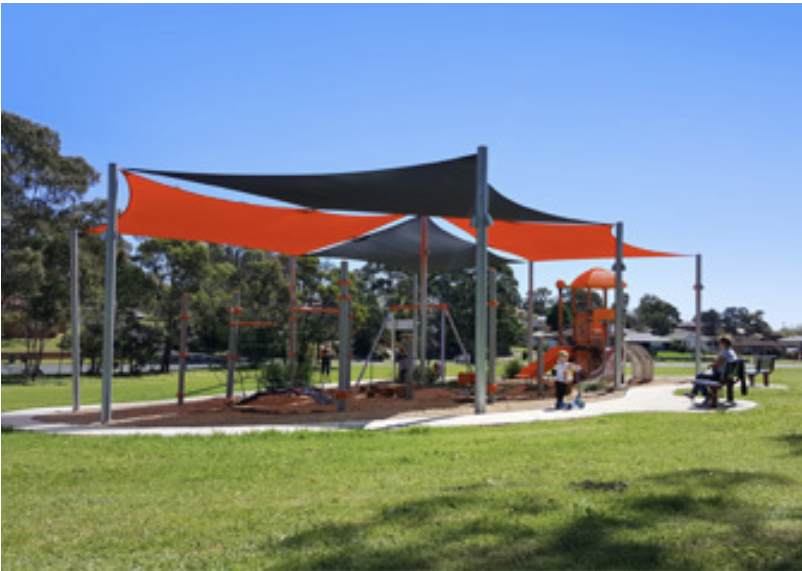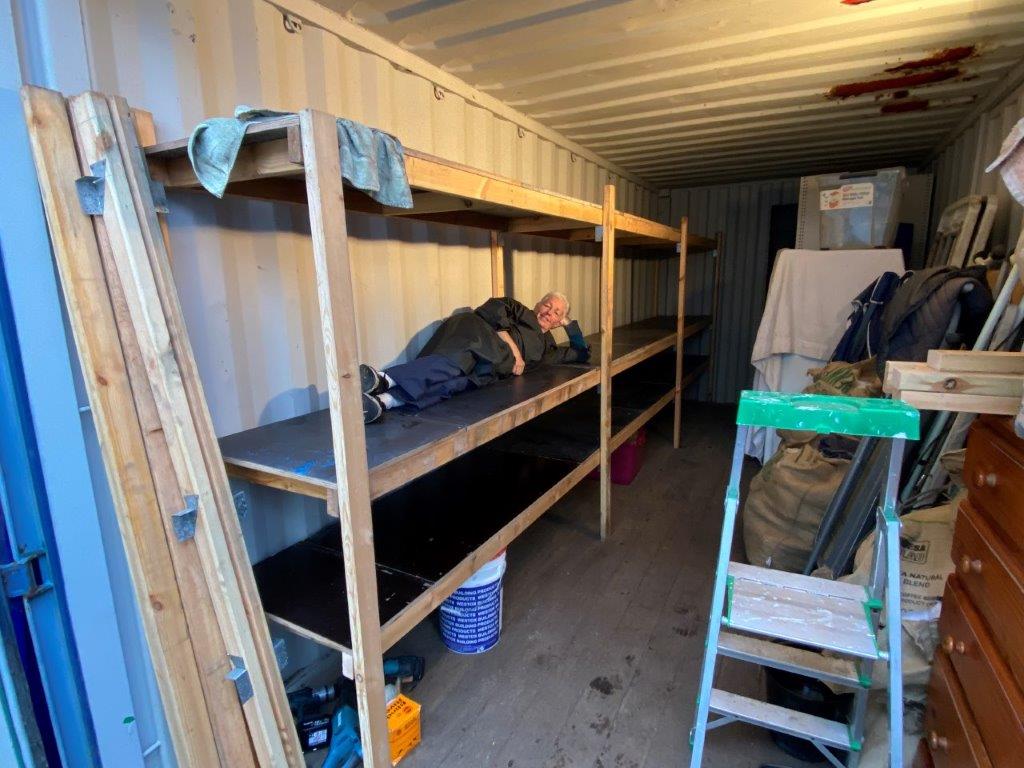Presidents Report

What an amazing meeting we had on Monday evening listening to and being inspired by an informative and highly engaging presentation from the former yellow-Wiggle, Greg Page. Greg talked about his near-fatal cardiac arrest in 2020 and of the charity formed as a consequence, ‘Heart of the Nation’ which is doing fantastic work in addressing heart disease and cardiac arrests, CPR training and providing access to life saving defibrillators – which really are a vital resource for all communities. This event attracted a show stopping 88 Rotarians & partners, District representatives (thank you DG Mina, DGE Christine, Acting AG Robert, and Winnie and Barry from RYEP), other Rotary Clubs (a big shout out to Beecroft, Pennant Hills, Carlingford, Castle Hill, Norwest Sunrise, Lane Cove, Mosman, Kenthurst and Dee Why Warringah) local community groups (good job 1st Cherrybrook Scouts) and guests from across the District. We added to the fun by having a Wiggles focused trivia quiz at the end of the night, presenting Greg with some Wiggles books salvaged from donations to the upcoming Annual Book Sale, decorating the tables with centrepieces representing ‘Heart of the Nation’ charity (thank you Gwen and Pamela) and paying homage to Greg’s days as the original yellow Wiggle by adding a touch a yellow to our night’s attire. So a truly wonderful night that showcased the synergies between Greg’s charity and Rotary coming together to do good for the community.
In addition to Greg’s brilliant talk we also had updates on 3 important issues relevant to all Clubs across the District.
And that’s the buzz for the week. Please join in online next Monday, and until then, travel safely. Janelle
In addition to Greg’s brilliant talk we also had updates on 3 important issues relevant to all Clubs across the District.
- Winnie Yip provided a briefing about RYEP which is now back in operation post COVID, and sees a number of outbound and inbound students in the program, including Marco from Brazil who joined us for the night;
- Peter Stanton gave an update on the Nusa Tenggara Association and the potential for Clubs in the district to join with our Club to action a Global Grant; and
- Neville Hansen heralded news about the Eugowra floods and the District’s Flood Relief appeals, as well as inviting all present to attend our Club’s meeting on Monday 13 March when Robert Shore, the President of Rotary Parkes and Ian Freestone, together with two Eugowra lads, Macky and Tom will provide us with firsthand experiences of what happened in the flood and how the town is recovering.
- our biggest fundraiser, namely our Annual Giant Book Sale happening 10-12 March at Cherrybrook Uniting Church. We did our second major sort last Saturday, which went really well and saw about 22 of us getting our stock in order. Our next sort is scheduled for 4 March so we’d again appreciate this great level of support to cope with the last big push prior to the actual event.
- an Election Day BBQ (aka the democracy sausage) happening on the 25 March at West Pennant Hills Public School, and just to make sure we’re not underdone on the BBQ, we front up again for what we hope is a massive fundraiser with a BBQ scheduled at the mega sized Bunnings Castle Hill on 15 April. At both events we need a strong BBQ squad of members and partners to ensure the success of these events. So, look out for, and please respond favourably, to upcoming emails from Tony C and Kerry seeking expressions of interest for these events.
- Clean Up Australia happening in our local Cherrybrook vicinity lead by Sue on 05 March and hoping to do so with our colleagues from Guides, Scout and RFS
- a contingent of 12 attending District Conference in Cowra 15-17 March, plus have a hiking stick beautifully prepared (Colin S), decorated (Pamela) and registered.
And that’s the buzz for the week. Please join in online next Monday, and until then, travel safely. Janelle
An extract from the Wheen Bee Foundation
|
The blue banded bee (Amegilla) is capable of a special type of pollination behaviour called ‘buzz pollination’. In some plants, the pollen is trapped inside tiny capsules in the centre of the flower. The blue banded bee can curl her body around the flower and rapidly vibrate her flight muscles, causing the pollen to shoot out of the capsules. As she collects some pollen for her nest, she transfers some of the pollen to other flowers, successfully pollinating the flowers.
Only certain types of bees can perform buzz pollination. In Australia these include the blue banded bees and the carpenter bees. The introduced Apis mellifera (honey bees) are not able to buzz pollinate flowers. In many overseas countries, bumble bees are used to buzz pollinate these crops. However, Australia does not have any native species of bumble bees and applications to import European bumble bees to Australia have been refused due to the significant harm these bees would cause to the Australian environment if they became feral. So research has been conducted at the University of Adelaide on the use of Australian native blue banded bees to buzz pollinate our crops. A range of technical problems still need to be solved to allow timely and large scale production of these native bees to meet the massive needs of our greenhouse crop producers. However, the potential benefits would be huge if we could safely use one of our own native bee species to do this work. |
Night Report
Night Report Monday 20 February 2023
Sgt Jim called the meeting to order.
Acknowledgement of Country by Kaye Carter
Rotary Toast by David Turnbull
Welcome by President Janelle to all.
Huge welcome to our Guest Speaker Greg Page the Yellow Wiggle. Greg is here tonight to highlight his charity “the Heart of the Nation” and the fantastic work it’s doing in the area of addressing heart disease and cardiac arrests, CPR training and providing access to life saving defibrillators.
Welcome to our District Governor Mina Howard, District Governor Elect Christine Owen along with bevy of Club Presidents.
Rotary Youth Exchange Program (RYEP) : Winnie Yip. Based on Students going overseas and students coming from overseas especially with Covid restrictions being lifted.
NTA Global Grant : Peter Stanton
Eugowra : Neville Hansen spoke about the huge tsunami that hit the town of Eugowra close to Orange and how he went there to help. Fortunately only 2 people were killed. Two young boys saved more than 30 people.
Introduction of the guest speaker by Neville Hansen.
Explained the difference between a heart attack and Cardiac arrest. Heart attack is a plumbing problem whilst Cardiac arrest is a electrical problem.
27,000 out of hospital cardiac arrests ever year.
In the cardiac arrest the heart stops pumping and stops fibrillation and hence you got to defibrillate the heart.
To fix the problem we need to reset the electrical system of the heart.
Time is extremely critical.
An AED within the first 5 minutes gives a survival rate of 67%.
80% of the cardiac arrest happens at home.
We need more AED’s at home.
Started our first initiative The Heart of the Nation Network.
Download the App "Heart of the Nation" today.
Together we can save lives.
Sergeant Session: Heads & Tails won by Alex Hezari Rotary Club of Norwest Sunrise
Wiggles Quiz won by David Firth Rotary Club of Pennant Hills
President’s Closing Remarks
Sgt Jim called the meeting to order.
Acknowledgement of Country by Kaye Carter
Rotary Toast by David Turnbull
Welcome by President Janelle to all.
Huge welcome to our Guest Speaker Greg Page the Yellow Wiggle. Greg is here tonight to highlight his charity “the Heart of the Nation” and the fantastic work it’s doing in the area of addressing heart disease and cardiac arrests, CPR training and providing access to life saving defibrillators.
Welcome to our District Governor Mina Howard, District Governor Elect Christine Owen along with bevy of Club Presidents.
Rotary Youth Exchange Program (RYEP) : Winnie Yip. Based on Students going overseas and students coming from overseas especially with Covid restrictions being lifted.
NTA Global Grant : Peter Stanton
Eugowra : Neville Hansen spoke about the huge tsunami that hit the town of Eugowra close to Orange and how he went there to help. Fortunately only 2 people were killed. Two young boys saved more than 30 people.
Introduction of the guest speaker by Neville Hansen.
Explained the difference between a heart attack and Cardiac arrest. Heart attack is a plumbing problem whilst Cardiac arrest is a electrical problem.
27,000 out of hospital cardiac arrests ever year.
In the cardiac arrest the heart stops pumping and stops fibrillation and hence you got to defibrillate the heart.
To fix the problem we need to reset the electrical system of the heart.
Time is extremely critical.
An AED within the first 5 minutes gives a survival rate of 67%.
80% of the cardiac arrest happens at home.
We need more AED’s at home.
Started our first initiative The Heart of the Nation Network.
Download the App "Heart of the Nation" today.
Together we can save lives.
Sergeant Session: Heads & Tails won by Alex Hezari Rotary Club of Norwest Sunrise
Wiggles Quiz won by David Firth Rotary Club of Pennant Hills
President’s Closing Remarks
|
Night Reporter
Cawas |
Photos
Giant Booksale
courtesy of Edwina
Night Photos
Courtesy of Peter, Edwina and Neville
The Sharpe Adventure
Humour
A Demented Mind... contributed by Neville
|
|
Just for Fun... contributed by Cawas
Irish Jokes... contributed by Cawas
*Boss : Where were you born ..?*
*Ireland ..*
Boss : which part ..?
*What ‘which part’ ..? Whole body was born in Ireland.*
😉😀😝
*Two Irish were fixing a bomb in a car.*
Irish 1: *What would you do if the bomb explodes while fixing.*
Irish 2 : *Don’t worry, I have one more.*
😉😀😝
What is the name of your car ..?
I forgot the name, but is starts with ‘T’.*
*Oh, what a strange car, starts with Tea. All cars that I know start with petrol.*
😉😝😜
*At the scene of an accident a man was crying: O God! I have lost my hand!*
*Another Irish : Control yourself. Don’t cry. See that man. He has lost his head. Is he crying ..?*
😉😀😝
*Teacher : Which is the oldest animal in the world ..?*
*ZEBRA*
Teacher : *How?*
*Bcoz it is Black & White*
😉😀😝
An Irish attending an interview in Software Company ..
*Manager : Do U know MS Office .?*
*If U give me the address, I will go there and get to know her better.*
😉😀😝
*Doctor .My Son swallowed a key.*
Doctor : *When .?*
*3 Months Ago*
Dr : *What were u doing till now .?*
*We were using a duplicate key*
😉😀😝
*An Irish made a call to airport "How long is the journey from Dublin to America .?"*
*Girl : One second sir ...*
*Irish : Thanks .!!*
😀😝
*Teacher : How does the hen comes out of the egg ..?*
*Oye ..that is not a big question .. teacher .. the big question is .. how the hen went inside the egg ..!!*
😉😀😝
*How was ur exam?*
*it was OK .. but i couldn't answer the past tense of 'THINK'. I thought & thought & thought .. and finally wrote ..THUNK .!!*
😉😀😝
*One tourist from USA asked : Any great man born in this village?*
*No sir, only small babies .!!*
😉😀😝
*An Irish was driving a jeep in a jungle.*
*Tourist : If a lion comes against us, how can we escape?*
*So simple .. Give RIGHT turn indicator and turn LEFT ..!!*
😉😀😝
*Doctor, In my dreams .. rats play football every night..*
*Dr : OK .. no problem. Have these tablets from tonight.*
*Can i start from tomorrow ?*
*Dr : why?*
*Bcoz today is FINAL .!!*
*Keep Smiling ..
😀😃😄😁😆😅😂🤣😝😛😜😂*





























